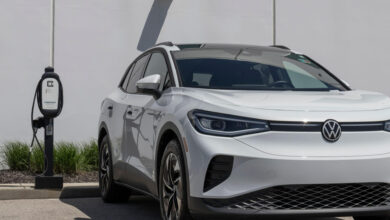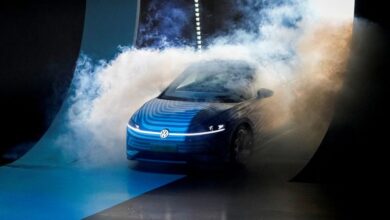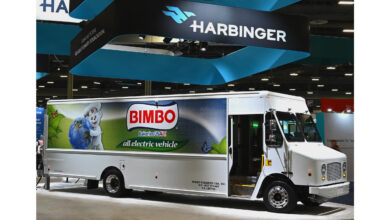Tesla’s cheapest ever EV could be in danger as it pulls back from next-gen manufacturing plans
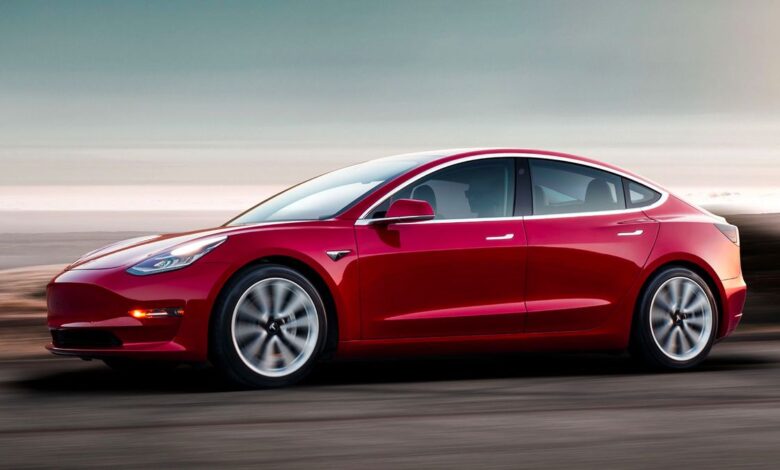
Tesla could be backing away from its previously announced plans to update its innovative gigacasting manufacturing process, according to a new report – and that adds further doubt to the possibility of a more affordable Model 2.
Elon Musk and his team of Tesla engineers revealed the planned “unboxed” manufacturing process last year, which the company said could reduce costs by as much as 50 per cent thanks, in part, to the casting of the underbody of future vehicles in one slick process. But a new report from Reuters suggests that Tesla is now retreating from that new ‘gigacasting’ process.
This manufacturing process, alongside assembling vehicles in small cells rather than a traditional, conveyor bell-style production line, would help speed up production and drastically reduce costs – a key element to being able to produce an EV that costs $25,000 or less.
Now, these Reuters reports suggest that plans for the next generation gigacasting methods have been put on hold, with the company opting instead to pursue the current casting method it uses to create the Model Y and the Cybertruck, where the underbody is pressed and assembled in three separate sections.
Alongside the recent news that Tesla has laid off yet more staff and drastically slowed the development and rollout of its Supercharger network, industry insiders believe the decision to pause the next generation gigacasting method is another sign that Tesla is slashing its costs amid falling sales and profit margins.
Analysis: Don’t hold your breath for a Model 2
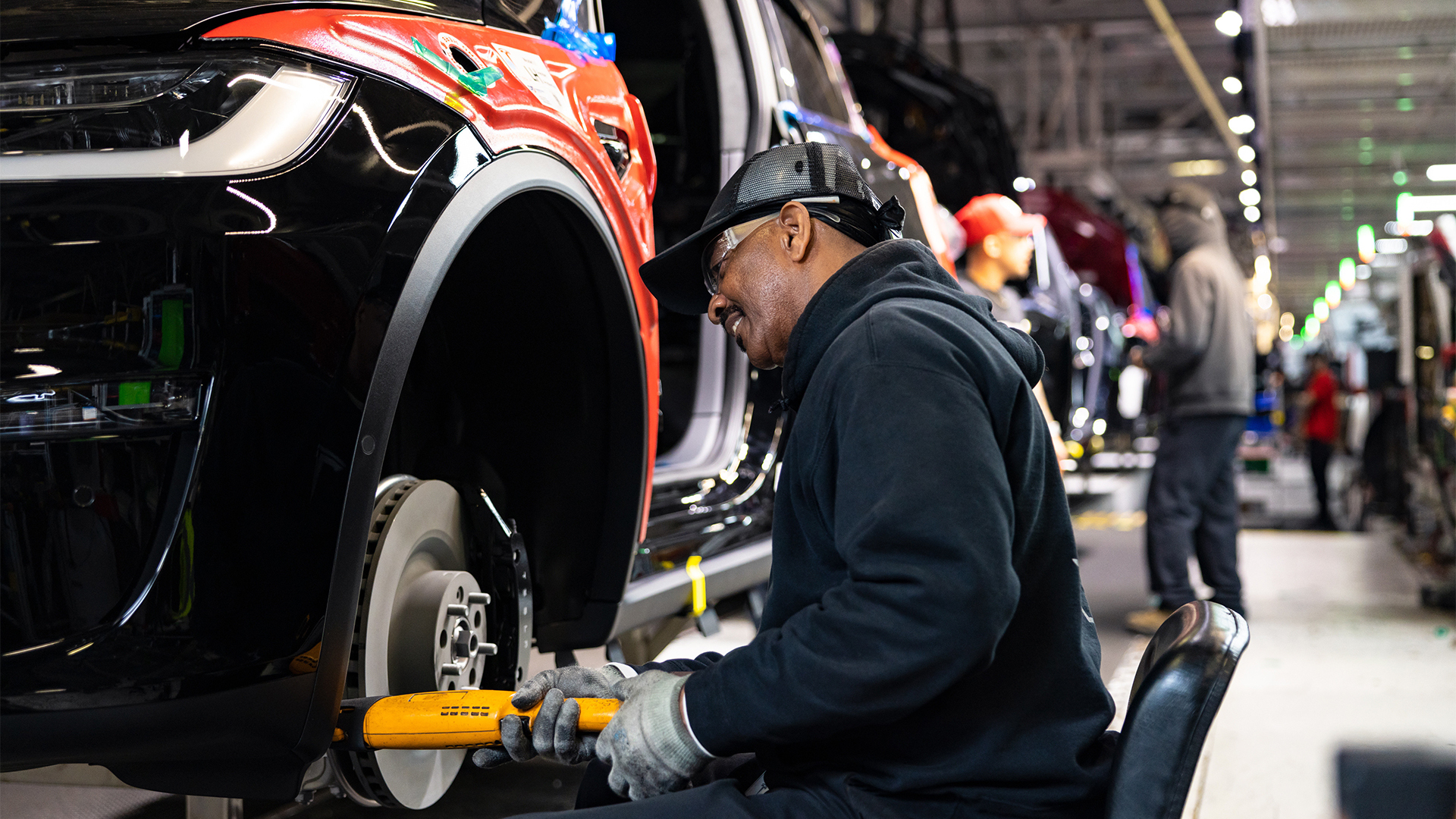
Reuters reported last month that Tesla’s much rumored Model 2 was, in fact, dead in the water. Naturally, Musk immediately took to his social media platform to suggest the global news outlet was lying, but has failed to put the rumblings to bed.
The latest revelations about Tesla’s decision to pause an update to its manufacturing process deals another hefty blow to the prospect of a Tesla that costs less than $25,000 / €25,00 (around £22,000 / AU$41,000).
Streamlining the manufacturing process, alongside a reduction in battery and component pricing, was key to hitting that figure and, as a result, opening up electric motoring to the masses.
What’s more, Musk seems hell bent on ignoring or deflecting any questions about future plans for electric vehicles, focusing instead on the topic of AI, autonomous ride-hailing services and robotics during earnings calls with investors.
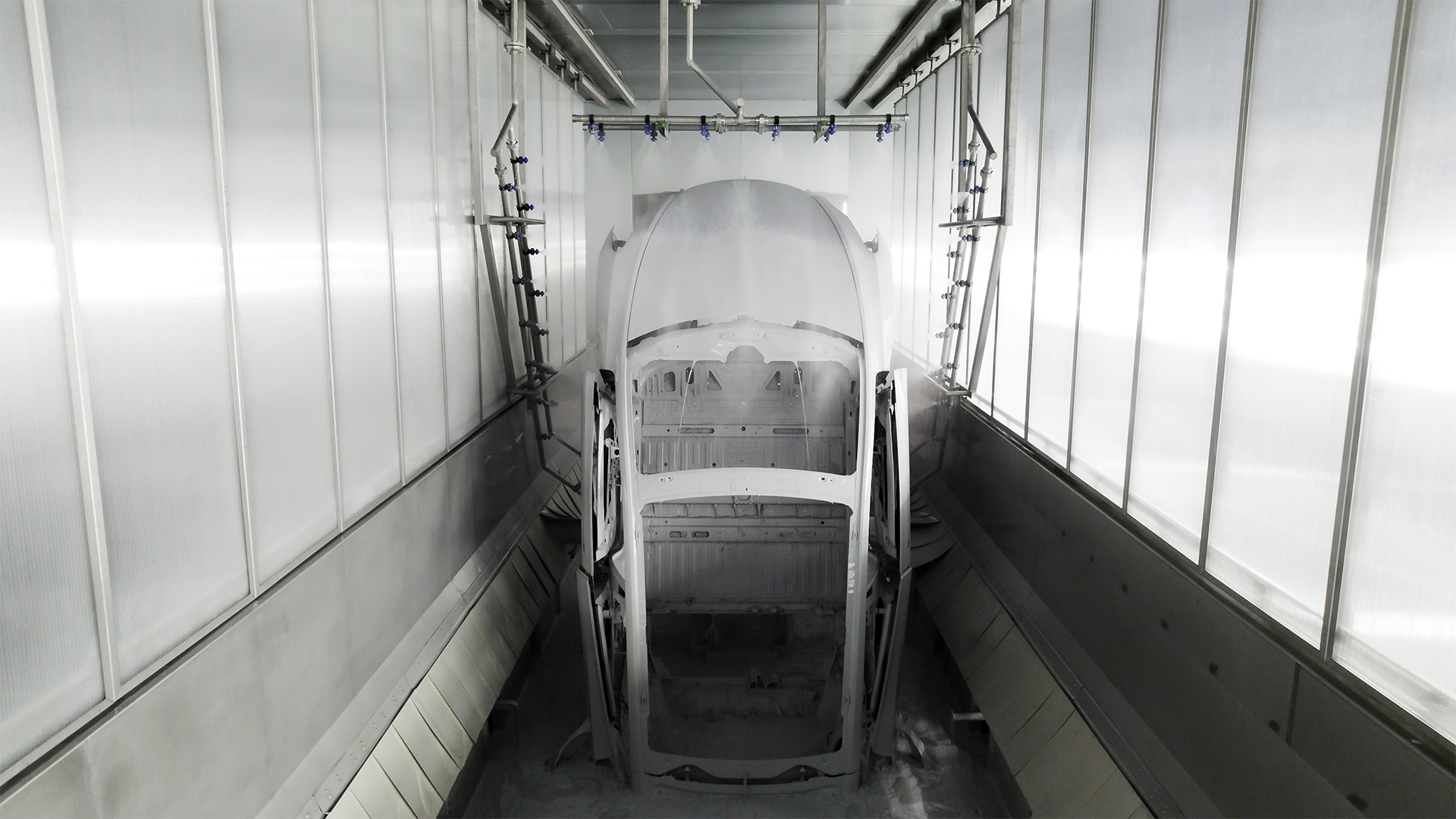
“We should be thought of as an AI robotics company,” Musk said. “If you value Tesla as just like an auto company… it’s just the wrong framework.”
With the legacy automakers all scrambling to develop, produce and sell more affordable mass market EVs, as well as the continual threat from China’s cut-price competition, it feels as if Tesla is gradually losing its stronghold on the electric vehicle market, with Musk already eyeing up the next lucrative endeavor that will ensure Tesla remains profitable.
That said, the entrepreneur has a fierce reputation for side-stepping issues and then delivering at the final hour. Pausing developments to gigacasting methods and sticking to those that work (and are profitable) could be a shrewd business decision, as adding further complication during this time of unparalleled competition could only make things worse.
